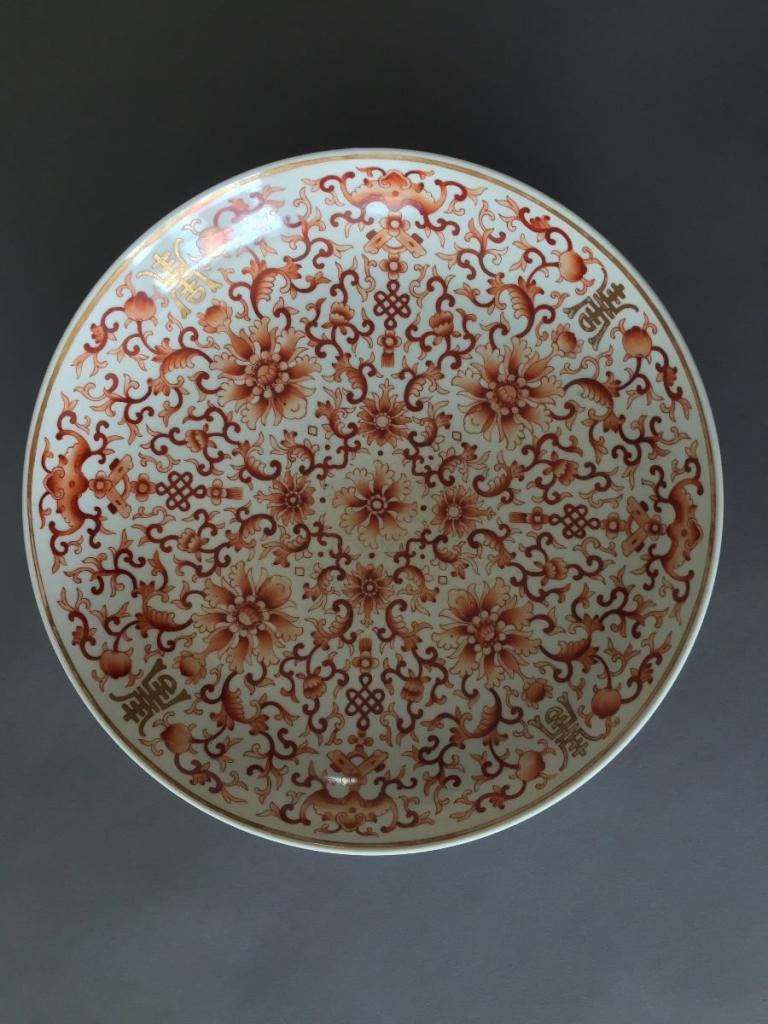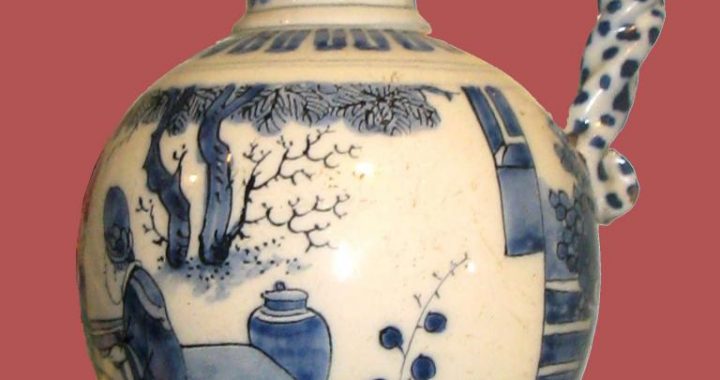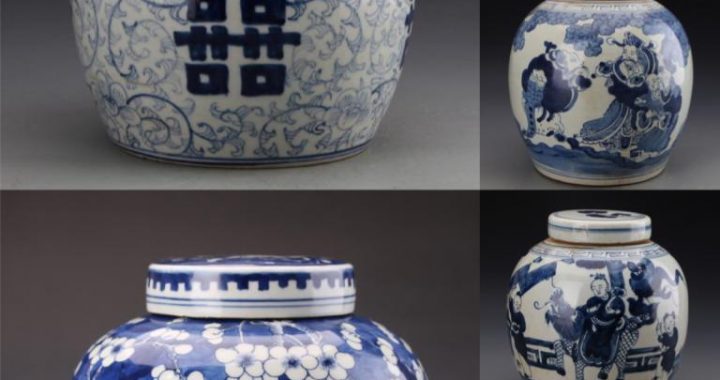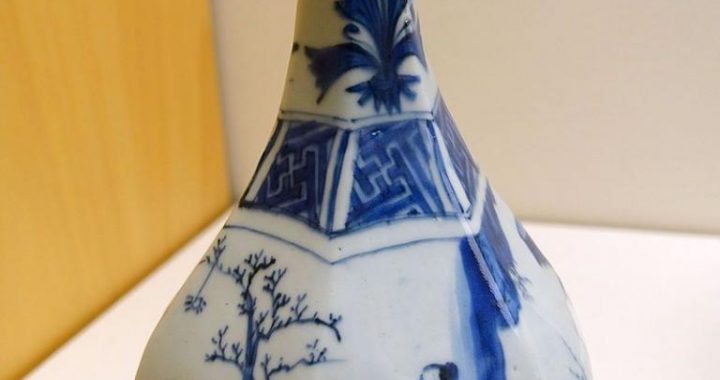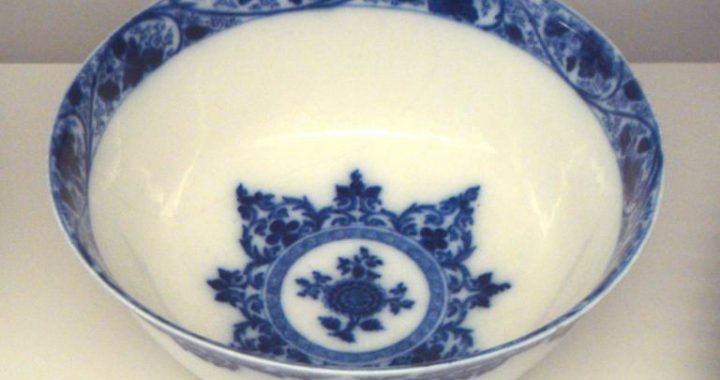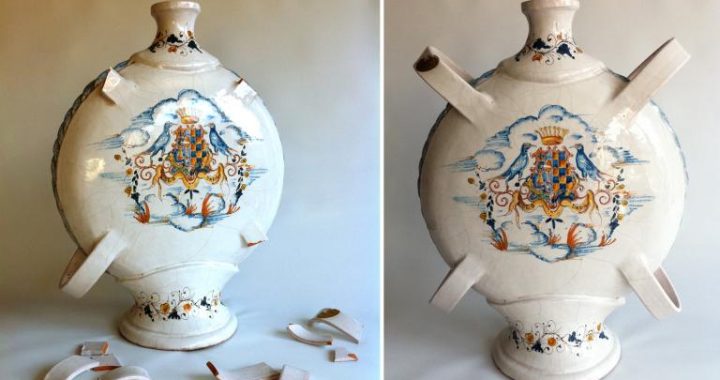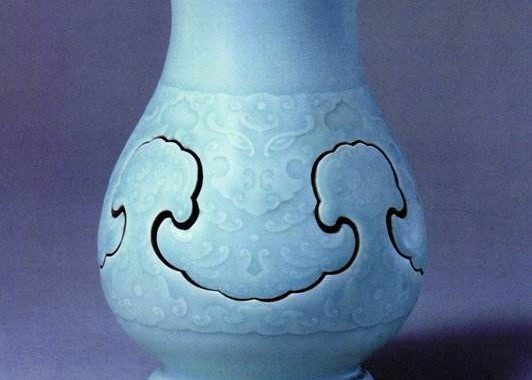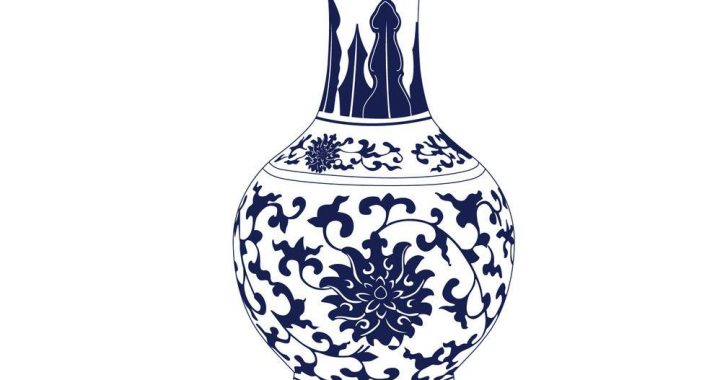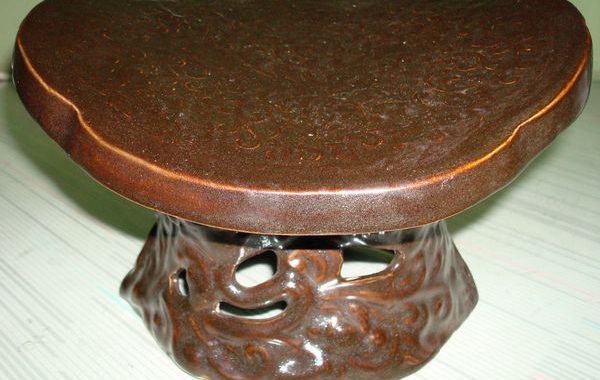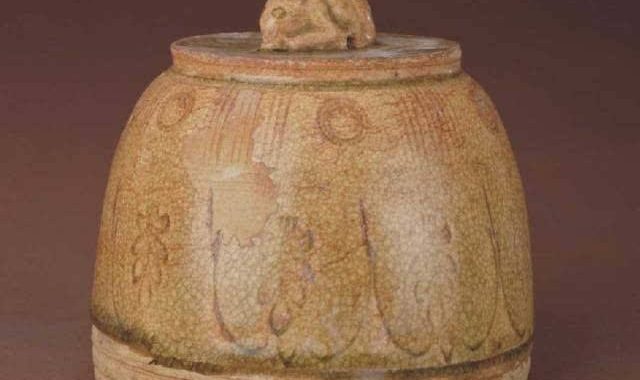Porcelain-Galling Card of Chinese Culure
2 min readIn English, the country and”porcelain”share the same name-“China.”This proves that Europeans have long known of China’s relationship to porcelain. Porcelain found its way to Europe in the 15th century, occupying an important position in the exchanges between China and other countries. The Keisel Randy Museumin Germany houses a blue-and-white bowl dating back to the Ming Dynasty(1368-1644).
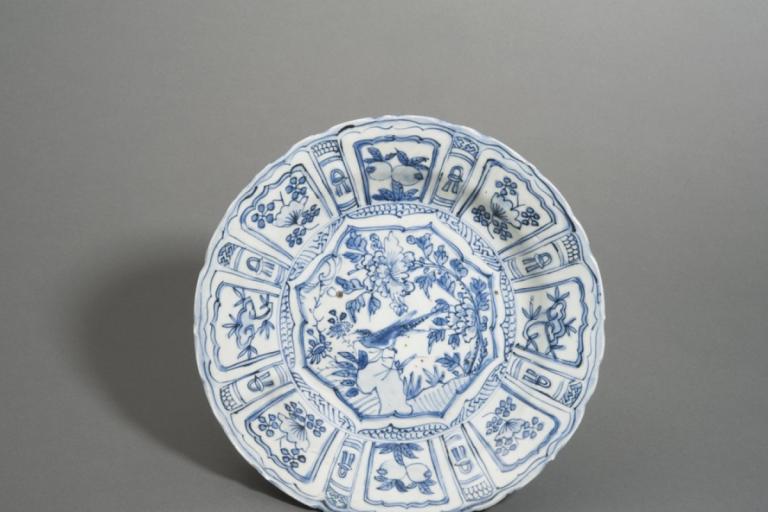
Throughout history, China, along with other Asian countries, and Europe maintained a busy and vast trade in porcelain. From 1602 to 1682, the Dutch East India Company transported more than 16 million articles of porcelain to Europe. Porcelain garnered a good reputation for China for its sophistication and elegance, and played an important role in the wave of the European idealization of China during the 17th and 18th centuries. In the rococo style popular in Europe of that time, one could sense, from time to time, the influence of “Chinese vogue”represented by China’s styles of porcelain and gardens.Porcelain is of great significance in the history of Chinese civilization.
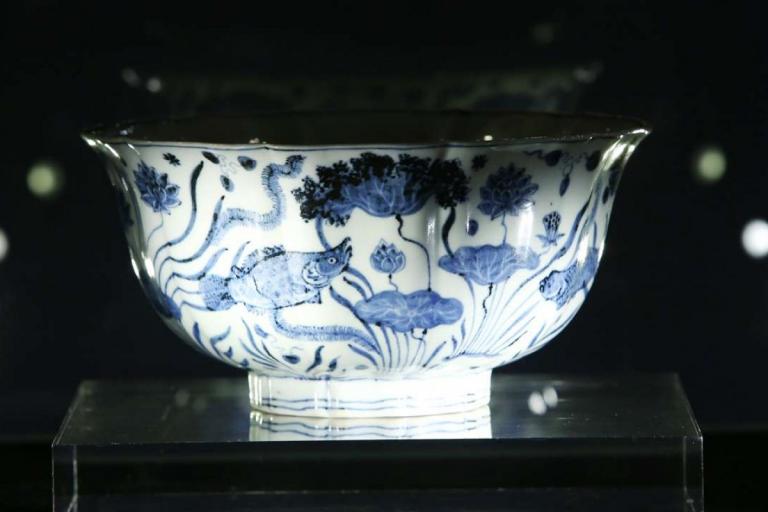
Pottery was the predecessor of porcelain, while glazed pottery was the basis for the emergence of porcelain. Around the first century, porcelain production first emerged in China, and by the Song Dynasty(960-1279) it had become mature. Song-dynasty porcelain represented the acme of Chinese porcelain technique. Five famous kilns, the Jun, Ding, Guan, Ge, and Ru, were all creative and original in their respective products, and their porcelain ware has been imitated by later generations throughoutthe ages. In the Yuan Dynasty(1206-1368), Jingdezhen became the center of the Chinese porcelain industry.
Chinese porcelain is cherished for its serene color, crystal paste, graceful designs, and ingenious forms-a quest of generations of craftspeople. Bronzeware, pottery and porcelain are all popular with the Chinese people, thoughtheir styles vary widely. Pottery is simple and unsophisticated, while bronzeware suggests solemnity, but porcelain is the most exquisite and elegant.Porcelain can be regarded as the calling card of Chinese culture. This calling card represents the crystallization of Chinese culture and the embodiment of the aesthetic pursuits of the Chinese people.
